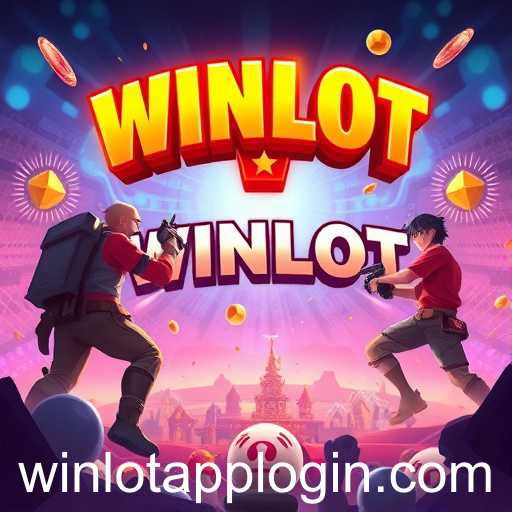An in-depth look at the multiplayer games category with a focus on 'winlot' as a key player.
In the ever-evolving realm of digital entertainment, multiplayer games have carved out a unique and influential niche, captivating audiences worldwide with their engaging and dynamic gameplay experiences. Central to this burgeoning genre is the intriguing emergence of 'winlot,' a concept that has rapidly become a keyword and cornerstone for many multiplayer platforms.
Multiplayer games have fundamentally transformed the landscape of gaming, enabling players to connect, compete, and collaborate with friends and strangers alike across the globe. They offer a rich tapestry of experiences, from intense first-person shooters to collaborative strategy games and immersive role-playing adventures. The allure of these games lies not only in their entertainment value but also in their capacity to foster community and camaraderie among players.
The term 'winlot' has surfaced as a pivotal feature within this category, representing a multitude of elements that enhance player experience and engagement. While its roots are somewhat enigmatic, 'winlot' broadly refers to a series of mechanics and events integrated within games that offer players the opportunity to gain rewards, achieve victories, and participate in exclusive in-game lotteries or competitions. This addition introduces an extra layer of excitement, pushing players to not only master their skills and strategies but also luck in their gaming pursuits.
Game developers have ingeniously embraced the concept of 'winlot,' weaving it into their game designs to create captivating narratives and competitions that encourage players to actively engage with the game's universe. This can manifest in varied forms, such as daily or weekly challenges, special events with exclusive rewards, or collaborative missions where players must work together to unlock rare items or achievements. These 'winlot' elements not only prolong the lifespan of a game but also cultivate a vibrant player community that remains invested in the ongoing evolution of the game's environment.
Moreover, the integration of 'winlot' elements has significant implications for player retention and monetization strategies. By providing continual incentives and fresh content, developers can maintain a dedicated player base eager to explore new dimensions of their favorite games. In many cases, these features seamlessly incorporate microtransactions, allowing players to purchase or earn additional chances to participate in the 'winlot' activities, thereby boosting the game's revenue potential.
In conclusion, 'winlot' has emerged as a formidable force in the realm of multiplayer games, offering a compelling dimension of chance and skill that captivates players. As multiplayer games continue to evolve, the 'winlot' concept will likely expand, presenting new opportunities and challenges for both developers and gamers. This evolution promises to shape the future of digital interaction, pushing the boundaries of what is possible in the vibrant world of multiplayer gaming.




